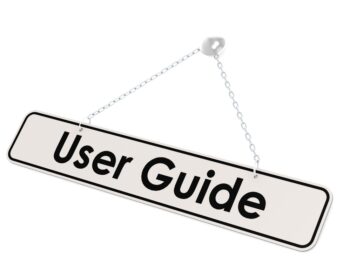
How Does Mediation Work?
There is no set formula for a successful mediation. It will typically involve an agreed upon neutral third-party who evaluates the case and moves the adverse parties toward settlement. More successful mediations are held in-person and can include a mix of joint sessions or when the parties are separated into different private rooms. Whenever a mediation is conducted, it is important for all interested parties to be present and free from distractions.
Preparing for Successful Mediation
There are a number of steps that parties interested in settlement should take in order to prepare for mediation. Important steps should include:
- Accurately review the claim to determine exposures and properly set reserves. Obtaining proper settlement authority and discussing settlement options is a must for defense counsel;
- Determine if the case is ready for mediation and whether settlement could include bigger issues such as the closure of all future medicals;
- Identify all potential intervention interests and place them on notice, if necessary. Failure to include a necessary party may be fatal to an otherwise great settlement;
- Have realistic settlement expectations – and also understand what the expectations of the other party might be.
Securing the expertise of a settlement consultant can be a valuable tool prior to mediation. Prior to settlement, they can work closely with the injured worker to gain deep insight into his needs and desires and help all parties attain a successful settlement.
It is also important to prepare a confidential case analysis letter for the mediator. This is an opportunity to help the neutral third-party understand not only the strengths and weaknesses of your case, but how you view the claims of the employee. This correspondence should also include expert medical and vocational reports. By providing this information to the mediator in advance, you can spend less time providing background information while actually at the mediation and more time moving the case toward settlement.
Information provided to the mediator directly related to the mediation and settlement of a claim is generally considered confidential and not admissible in court at a later date. Be sure to fully understand the confidentially rules applicable to your jurisdiction before submitting information.
Getting to Yes: Tips for Settlements
It is important to keep an open mind when preparing for a workers’ compensation mediation. Failing to do so will only lead to further frustration and lack of settlement. Here are some tips to reach a settlement at mediation:
- Prepare a Strategy: This includes playing “devil’s advocate” and discussing the pros and cons of various defenses. A complete case evaluation should also take place and have a firm understanding of what the opening offer should be, likely counter-offers and the bottom line.
- Keep Interested Parties Posted: In many instances, cases fail to settle at mediation because the parties have not placed interested medical providers on notice of their potential intervention claims.
- Come Prepared for Settlement: Cases often settle at mediation and then languish as defense counsel and the attorney for the injured party exchange multiple drafts of settlement agreements. Proactive stakeholders should bring a laptop computer and portable printer, if available. This allows the attorneys to have a copy of the settlement documents in hand, ready to review and reach a true final settlement.
Conclusions
Stakeholders interested in reducing workers’ compensation costs should examine the use of mediation as an opportunity to make their programs effective and efficient. This can include the use of mediation as a tool to streamline the settlement process.

Contact: mstack@reduceyourworkerscomp.com.
Workers’ Comp Roundup Blog: https://blog.reduceyourworkerscomp.com/
©2018 Amaxx LLC. All rights reserved under International Copyright Law.
Do not use this information without independent verification. All state laws vary. You should consult with your insurance broker, attorney, or qualified professional.














